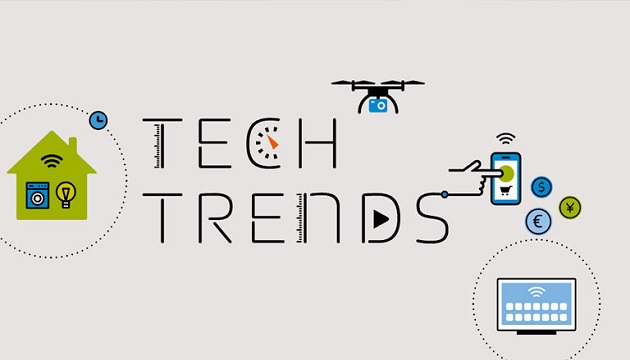2019 has been an incredible year for technology, we’ve seen an explosion of Software-as-a-Service (SaaS), AI, augmented reality, new social platforms and brand-new business models that have changed the face of economies across the globe.
Based on what we’ve seen at Citrix and in our customer’s and partner’s businesses, these are the trends that I believe will keep moving into 2020.
Evolution of the CIO
Firstly, we’ll see the evolution of the CIO role. For many years, we’ve had CIOs that operated in control of the ‘Department of No’. The new CIO will wear the hat of an innovation officer, much more than an information officer.
They will be a change agent at the very core, helping to remove those existing final barriers between IT and the business. They will focus primarily on the ‘why’ of technology, rather than getting bogged down in the ‘how’.
The end of digital transformation
We’ve all heard how the promise of digital transformation will change user experience across the globe. Yet, when we engage with our customers it’s very rare that we hear a story about how technology will enable their new business models in the next three to five years.
Many enterprises that are stuck with legacy technologies and are piling on more technology for the sake of it without thinking about how that’s affecting emerging business models, are doomed to fail.
People-centric computing
In 2020, our focus will shift towards people-centric computing. This long sought-after balance between user demand and the needs of IT will finally be met by delivering an adaptive workspace, one that learns deeply how an individual prefers to work. One that is productive in nature, and is contextual by delivering the right tools, information, and applications, and drives high levels of productivity.
The people-centric computing approach will get technology out of the way, and focus on how an individual wants to work and adapt to that individual throughout the lifecycle of their employment.
Artificial Intelligence (AI) and bots
Think about what we see every day – our interactions with voice assistants, with recommendation engines that get smarter and smarter, helping us to buy more things we don’t really need.
In 2020, AI will continue to grow, but in the context of narrow AI, and the context of machine learning. The real question is not how many jobs will be replaced by 2020, but how much more innovation will we get from our staff when we can use the machines to our advantage.
Gesture control
Many of you reading this are probably not millennials. Most of us grew up in a world where the keyboard and the mouse were the input device. However, increasingly, we’re moving into a world where the way we interact with technology becomes our own personal choice.
Whether we talk to the device, touch the screen, or immerse ourselves in a completely different environment, gesture control and the physical movement will certainly become the way that we interact, explore, learn, create, and engage.
Everything-as-a-Service (EaaS)
We’ve seen an increase in adoption of SaaS technologies to replace existing on-premises applications. Yet paradoxically, we see lots of applications still being developed by in-house teams, but in a much different way.
Micro-service applications require brand new development approaches and approaches to operations. The big cloud vendors are slowly creeping into the corporate data centre, bringing the promises of delivering “everything as a service” for the new world that we’re rapidly entering.
Hybrid cloud
In 2020, we’ll finally concede that hybrid cloud will be the predominant mode going forward. Experience tells us that we deploy the right tools to the right cloud at the right time and for the right reasons. The reality is that hybrid cloud, probably even in your own organisations, is the model today.
Every time you acquire a new SaaS application, you’re adding another cloud to your environment. The world is by definition, hybrid cloud.
Employee experience
In the recent past, many organisations have spent a considerable amount of financial and human resource focusing on the customer experience. Building digital platforms to engage customers and using those digital platforms to retain customers to improve your customer Net Promoter Score.
And yet in 2020, we’re going to see a shift away from the customer experience, and much more focus on the employee experience. So many digitally mature organisations are already starting to place an importance on enabling technologies and processes to drive employee experience.
Our research has shown us, improved employee experience certainly boosts customer experience but also improves internal Net Promoter Score, which is extremely important for the war on talent.
Fundamentally, ease of use and flexibility are key pillars to enabling employee experience. The trend will result in new methods of tracking behaviours that can inform new technologies and processes; ultimately improving the value to the organisation.
Those are just some of my predictions for 2020. But this year has shown me it’s an absolutely great time to be in the technology industry. We’re on the edge of the fourth industrial revolution, where the speed of technology and the way it impacts business is going to be like nothing we’ve ever seen before. That simply has no historical precedent.

